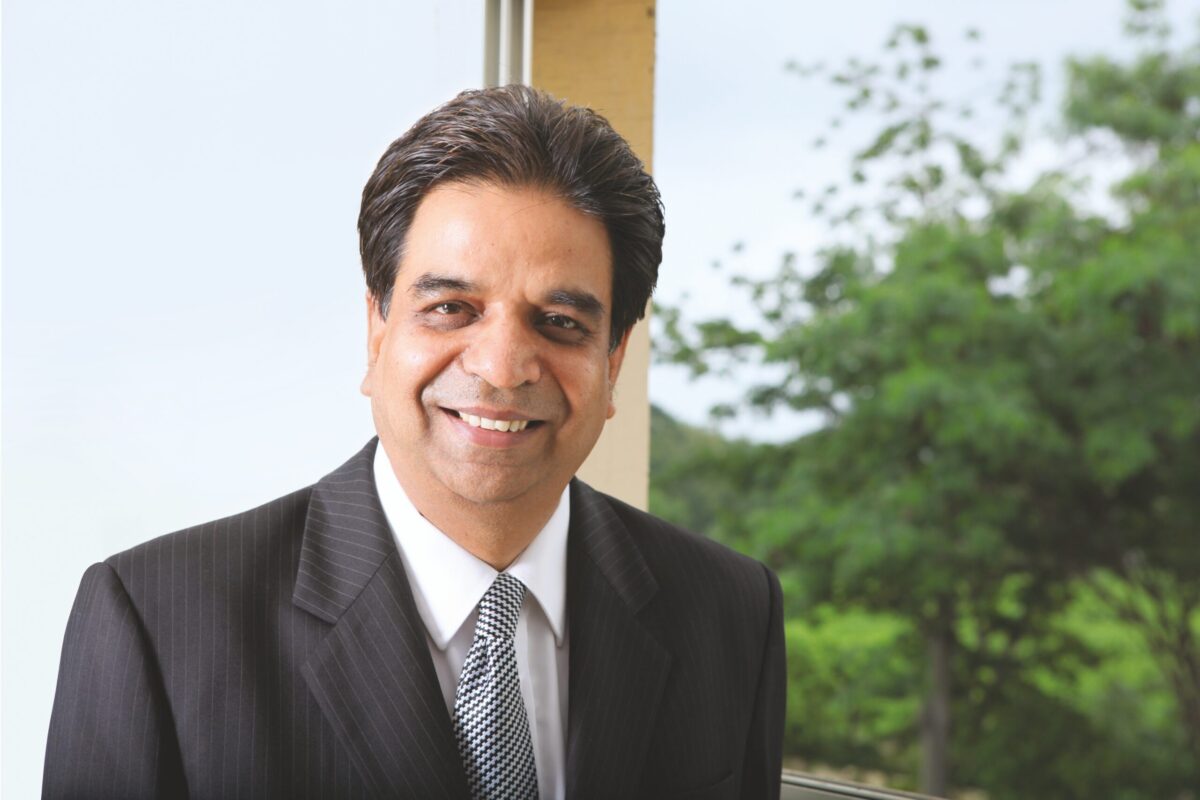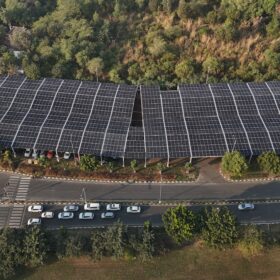pv magazine: As the economy opens up, how long will the supply chain take to return to ‘normal’?
Rajendra Khandalkar: As the Covid-19 crisis unfolded, and with the gradual resumption of economic activity, suppliers and manufacturers have taken measures to prevent the coronavirus spread[ing] and ensure stringent workplace safety. Yet, offices and factories have been working with 30-50% of their total workforce since then.
Capacity utilization has hovered around 60-70%, which has meant equipment deliveries are no longer in line with project timelines. The problem is especially acute in the case of products and equipment that are made to order for specific projects.
With cash flows severely curtailed, equipment vendors could not offer the [same] credit terms to their clients as before. With global travel restrictions and limited transport options, the movement of goods has been constrained even after the easing of lockdowns. Remote sales and service support have become the new norm, which sometimes means longer service resolution times and delays.
Labor
Labor costs have been impacted due to the limited availability of skilled labor and the requirements of the post-Covid norms and regulations to be followed by manufacturers [and] suppliers. From the need to adhere to prescribed safety norms and social distancing protocols at the shopfloors to providing restricted accommodation in single rooms and limited deployment of labor at project sites during a single shift, the restrictive operating environment has made things more difficult for everyone.
The problem is compounded by the overall uncertainty around the future spread of [the novel] coronavirus and its cascading impact on projects. The pandemic has exposed the fragility of conventional supply chains. It is also an opportunity to make the supply chain management (SCM) model future-proof and more resilient to such shocks.
pv magazine: What’s the impact on engineering, procurement and construction service installers that are overly reliant on a single supplier?
Khandalkar: As the current situation has shown, dependence on vendors and suppliers with single-location manufacturing is evidently not a good idea. Where feasible, companies could look at sourcing capital goods from large suppliers with globally distributed manufacturing operations. Hence, shipments can be arranged from the most appropriate location when the need arises.
Single-vendor
The same holds for a single-vendor or sub-vendor contract. While it helps cultivate long-term relationships and leads to better pricing, lower administrative costs and smoother integration with a company’s supply chain, the single-vendor approach could backfire during unforeseen global contingencies.
pv magazine: How can the risks be minimized?
Khandalkar: A more pragmatic approach would be to engage with two or three sub-vendors in different geographical locations to minimize the impact of an unexpected disruption in supply.
To be better prepared for such unprecedented crises in the future, companies must revisit their risk mitigation strategies based on their current experience. First, safeguards will have to be built in during the contract finalization stage, based on decisions such as [a] single or multiple-vendor based strategy and scope-of-conflict areas, along with other supply chain risks.
Technology
pv magazine: How does technology improve resilience in the supply chain?
Khandalkar: Technology has been at the forefront of supply chain transformations for some time now. Smart SCM models are enabling a new breed of supply chains in a new digitally connected world. Linear supply chains [are giving] way to digital supply networks where functional silos within organizations are being broken down to bring in better connectivity.
The promise of such smart SCM models extends into weeding out inefficiencies in the system, streamlining operations, and improving the supply chain’s resilience. That is the eventual and desirable goal for any business organization.
pv magazine: What are the key components of the smart SCM model?
The smart SCM model implemented at Sterling and Wilson has five pillars: transparency in transactions, uniformity of rates, consistency of policies towards procurement, speed and agility, and digitization. These SCM pillars are crucial for the company.
Transparency
Transparency in transactions comes from a reverse-and-forward auction wherein every vendor across the globe, on being techno-commercially at par, gets a nominated slot to submit their revised prices.
[Establishing] uniformity of rates is a major challenge in a multi-business environment. A digital uniform rate platform needs to be created wherein buyers can take advantage of competitive prices negotiated by their peers in other businesses. Uniformity of rates, coupled with the concept of bottom-up costing from commodity experts, provides a competitive advantage.We have developed policies and guidelines across the group for various businesses with geographic variations, if required, for [the] UAE, Australia, The USA, India, and other international locations. Policies have been provided to everyone in the given market and they can be easily adhered to with the help of delegation of authority.
A centralized SCM model for the commodity-based buyers and the procurement of every business might create decision-making bottlenecks. To address these issues, we have a decentralized SCM team worldwide, for each business to bring in speed and agility in the decision-making process.
Enterprise resource planning is the key model for all our businesses, including the supply chain. With rapid digitization and high internet penetration, we are availing support from employees and management spread across the country.
This content is protected by copyright and may not be reused. If you want to cooperate with us and would like to reuse some of our content, please contact: editors@pv-magazine.com.









1 comment
By submitting this form you agree to pv magazine using your data for the purposes of publishing your comment.
Your personal data will only be disclosed or otherwise transmitted to third parties for the purposes of spam filtering or if this is necessary for technical maintenance of the website. Any other transfer to third parties will not take place unless this is justified on the basis of applicable data protection regulations or if pv magazine is legally obliged to do so.
You may revoke this consent at any time with effect for the future, in which case your personal data will be deleted immediately. Otherwise, your data will be deleted if pv magazine has processed your request or the purpose of data storage is fulfilled.
Further information on data privacy can be found in our Data Protection Policy.